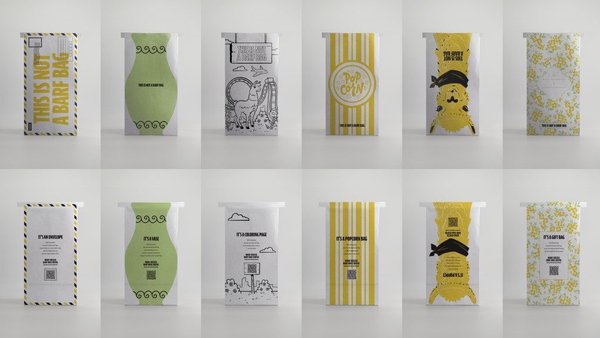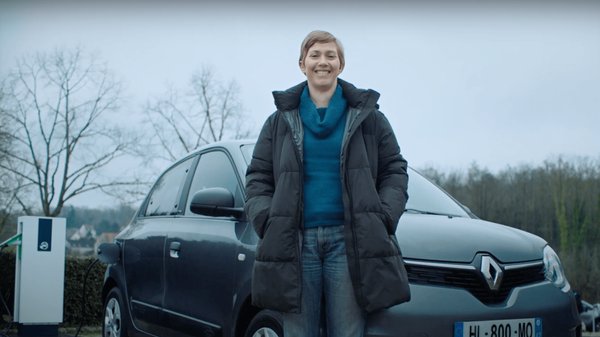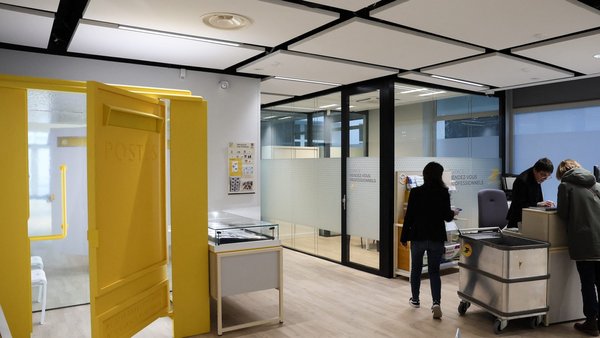Campaign of the Week
Barilla creates campaign for cooking in an energy crisis /
World's largest pasta producer teaches customers about passive cooking to help save money on energy bills
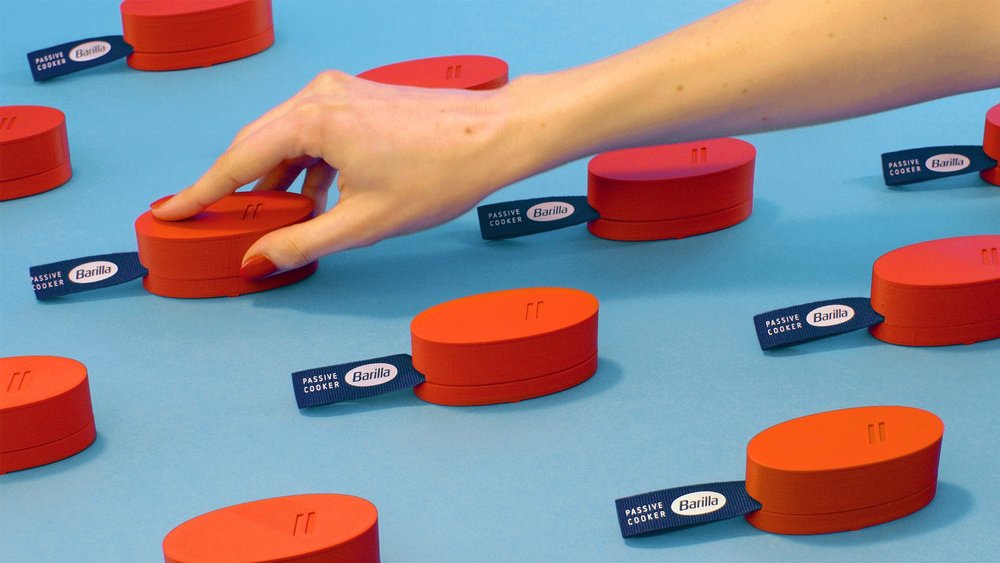
People around the UK are looking for ways to cut back on gas and electricity as energy bills have more than doubled in the space of a year.
Working with Publicis Italy/Le Pub, Milan, and image-only magazine Toilet Paper, Italian-owned food brand Barilla has taken it upon itself to remind people of a little-known, bygone way to reduce energy consumption – passive cooking.
Applied to cooking pasta, the technique consists of turning off the stove two minutes after plunging the Italian staple in boiling water, and letting it cook with a lid on. Making food this way usually takes a few minutes longer than stove-on cooking, but it uses 80% less CO2 and saves on energy bills.
To popularise the 19th-century method, Barilla modernised the energy-saving hack by inventing The Passive Cooker, a smart device that connects to people’s mobile phones. The gadget is built with biodegradable bioplastic and eco-batteries, and sits on top of a pan lid. It detects when the water is boiling and sends alerts via a dedicated app when it’s time to turn off the stove and when the pasta is ready to eat.
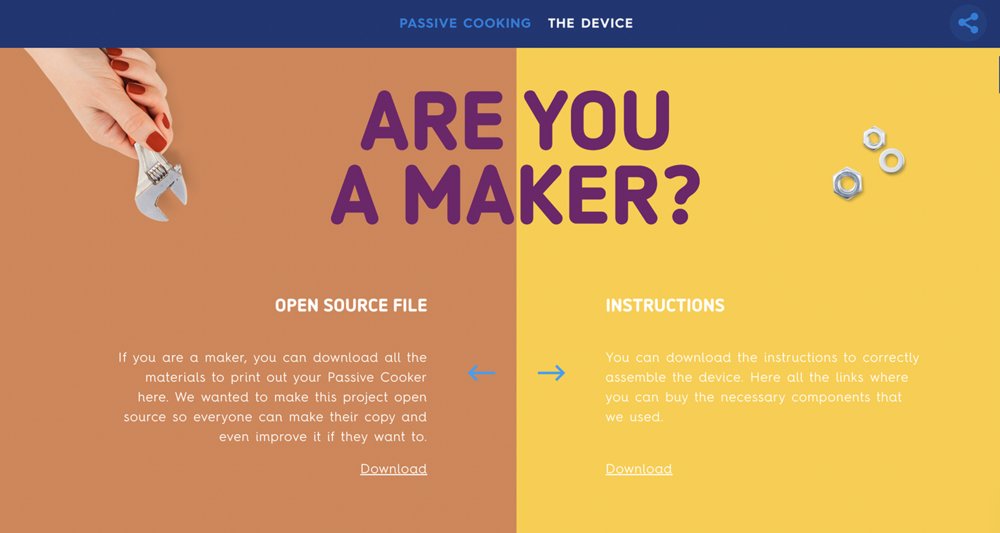
If that wasn’t enough, Barilla has made the tech open-source, so any budding makers can 3D print the parts and follow the brand’s handy guide to put it all together. There is also a WhatsApp chatbot that walk people through the process, with timed messages guiding action at the right moments, along with a downloadable timing guide for the cooking times of the main pasta shapes, ‘studied and tested by Academia Barilla for Passive Cooking’, according to the campaign website.
Niccolo Rigo, Publicis Italy/ Le Pub’s Head of Strategy told Contagious: ‘We truly believed in this method and its potential collective impact, so we looked at all the opportunities that digital could offer us to get people not only to know about it, but also to actually adopt it. This is why the open source Passive Cooker and the Passive cooking WhatsApp bot for us were always at the centre of what we planned as a behaviour-changing campaign.’
Results / According to the agency, over 200 publications worldwide covered The Passive Cooker. The campaign achieved a total reach of over 1 million within the first three weeks after its launch.
Contagious Insight /
Helping hand / The cost-of-living crisis has forced people to take grave risks with the way they are keeping and consuming food. In the UK, the Food Standards Agency (FSA) found that almost a third of people had eaten out-of-date food items in the past month because they couldn’t afford to rebuy them, and around two in 10 had turned off their fridge or freezer to reduce their energy bill. In such times of consumer strife, Barilla has asked itself how it can be useful in a way that connects with its audience. The result is a campaign that provides pasta-eaters with information that allows them to save money and energy, and which ties back to Barilla’s product. By taking action to minimise people’s energy consumption during food preparation, Barilla adopts a consumer-centric approach that positions it as a thoughtful brand that offers its customers genuine utility. What’s more, the Passive Cooker was distributed as an open-source project. This means that, although the device is specifically adapted to pasta, its applications span beyond spag bol. This enhances the brand’s credibility in its commitment to be a helping hand during the recession and speaks to the Contagious Commandment ‘Be Generous’.
Passive recall / We’ve seen several campaigns tackling the cost-of-living crisis, such as Iceland’s recent effort to provide interest-free microloans to help people pay for their weekly shop.
Here, Barilla focuses on what it knows best – pasta. It goes beyond the point of purchase and extends itself along the consumer journey, to the kitchen and the moment the tagliatelle is tossed into the pan. Inserting itself from purchase to plate is a clever way for Barilla to build what Byron Sharp calls mental availability in such a highly commoditised category. When many brands operate in the same space, reminding people of your brand before and after buying situations is paramount as it makes shoppers more likely to reach for your product down the supermarket aisle.
It's not the first time that Barilla has used the pasta cooking process to multiply the opportunities of brand recall. In 2021, we covered Playlist Timer, which comprised eight music playlists that doubled as kitchen timers. The Passive Cooker highlights another enticing creative evocation of how Barilla connects itself to the kitchen.
First-class delivery / The energy-saving hack is an inherently PR-worthy idea, especially in times of generalised economic hardship. Barilla recognised this and conceived a device that stands as a practical and eye-catching illustration of how easy passive cooking can be. Simply explaining an age-old process in a boring press release or video is unlikely to catch the attention. A snazzy piece of tech on the other hand makes timely idea winningly digestible and makes it seem forward-thinking. There’s not much point in having a good idea if no one notices it. For marketers, the lesson is simple: there can be value in gimmicks. In fact, some can amplify the PR-ability of an already relevant idea by presenting it in an original and striking way.
Want more of the same? /
We don’t just write about best-in-class campaigns, interviews and trends. Our Members also receive access to briefings, online training, webinars, live events and much more.
